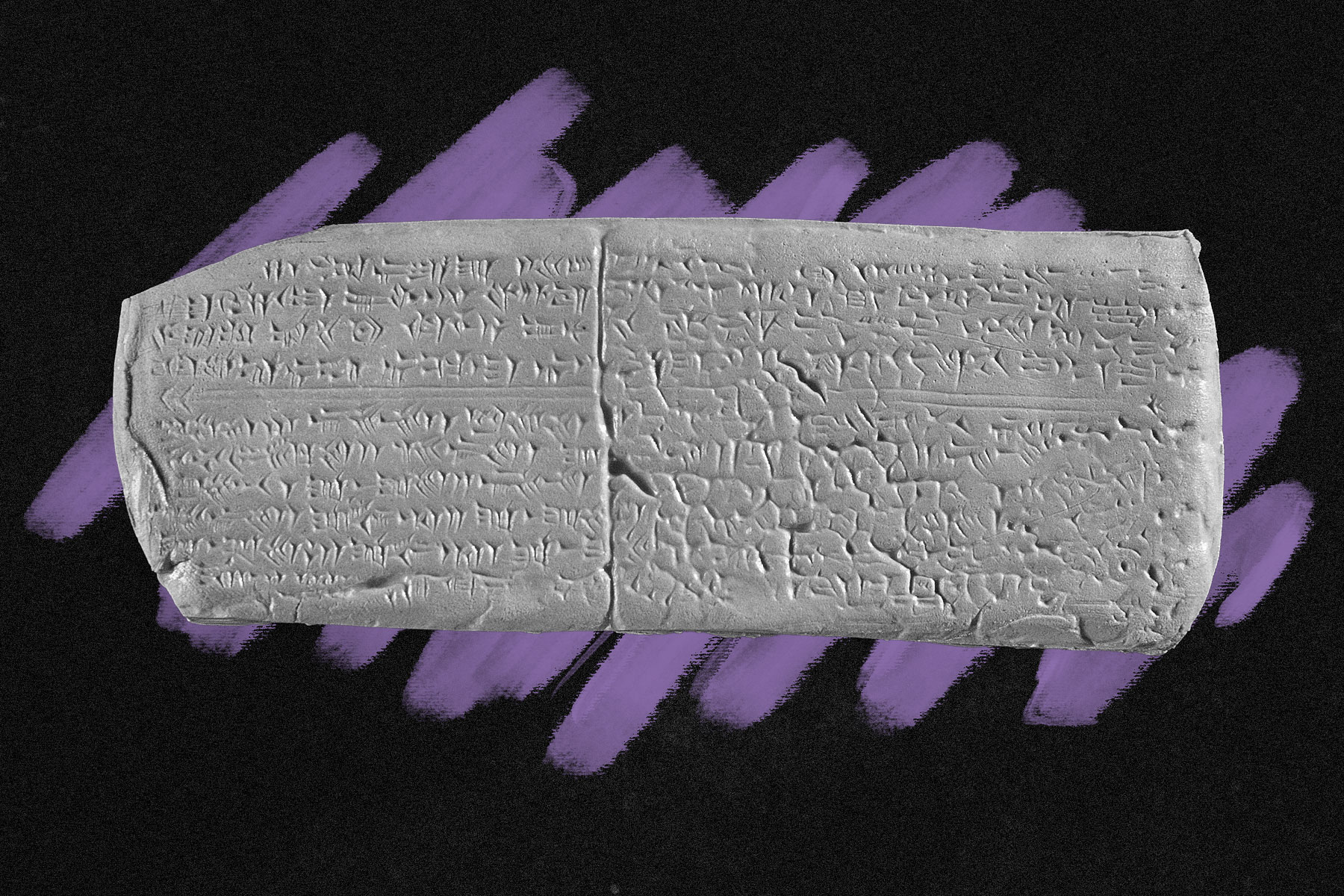The oldest known song is from the 14th century BCE.
Music is as old as humanity itself: Our Paleolithic ancestors likely sung lullabies to their children, and evidence of ancient instruments dates back some 40,000 years. But when it comes to recorded history, specific melodies are hard to come by. That’s why the cuneiform tablet known as “Hurrian Hymn No. 6” is such an incredible artifact. Dating back to the 14th century BCE — some 3,400 years ago — it is the oldest known melody in human history.
As the name suggests, the song was originally composed by the Hurrians, an ancient people who lived in parts of modern-day Iraq, Syria, and Turkey. Originally a dedication to the Mesopotamian goddess Nikkal, the hymn was unearthed in the Syrian city of Ugarit in the 1950s, and the artifact is now housed at the National Museum of Damascus. The tablet contains not only near-complete musical notation and lyrics, but also instructions on how to perform the song on a nine-stringed lyre, a U-shaped harp that was popular throughout Mesopotamia. Many varied versions of “Hurrian Hymn No. 6” exist today, largely due to translation inconsistencies, but one of the most popular compositions is from Syrian American composer Malek Jandali, who has performed the ancient piece with a solo piano and also a full orchestra.







